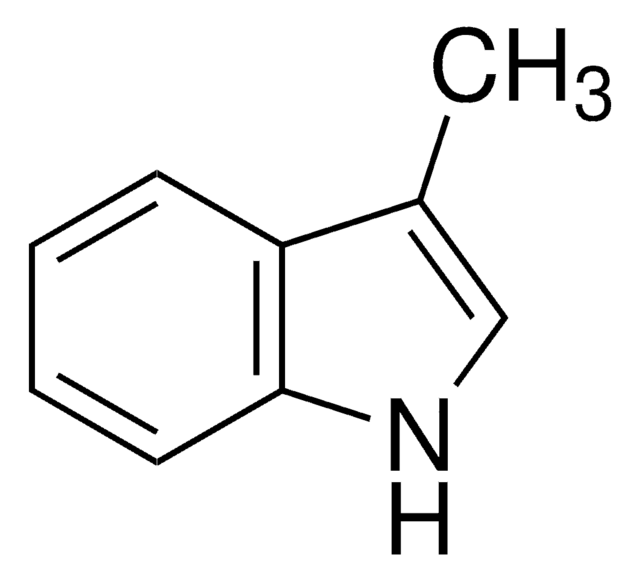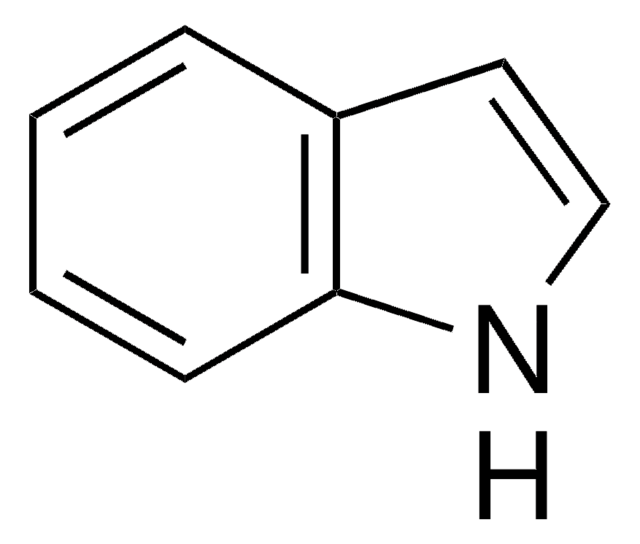F3665
Lipopolysaccharides from Escherichia coli O111:B4
FITC conjugate
Synonym(s):
LPS
Select a Size
About This Item
Recommended Products
biological source
Escherichia coli (O111:B4)
Quality Level
conjugate
FITC conjugate
form
lyophilized powder
extent of labeling
2-10 μg FITC per mg LPS
color
yellow to orange
solubility
H2O: soluble 4.90-5.10 mg/mL, faintly hazy to hazy, pale yellow to yellow
storage temp.
2-8°C
Looking for similar products? Visit Product Comparison Guide
1 of 4
This Item | W270709 | M48805 | W488401 |
|---|---|---|---|
| organoleptic apple; musty; fruity | organoleptic apple; musty; fruity | organoleptic - | organoleptic coriander; green; sweet |
| grade Fragrance grade, natural, Kosher | grade FG, Fragrance grade, Halal, Kosher | grade - | grade FG, Fragrance grade, Halal, Kosher, natural |
| food allergen no known allergens | food allergen no known allergens | food allergen - | food allergen no known allergens |
| documentation see Safety & Documentation for available documents | documentation see Safety & Documentation for available documents | documentation - | documentation see Safety & Documentation for available documents |
| assay ≥98% | assay ≥98% | assay 99% | assay ≥95% |
| agency follows IFRA guidelines, meets purity specifications of JECFA | agency follows IFRA guidelines, meets purity specifications of JECFA | agency - | agency follows IFRA guidelines |
Application
Biochem/physiol Actions
Preparation Note
Other Notes
Signal Word
Danger
Hazard Statements
Precautionary Statements
Hazard Classifications
Acute Tox. 2 Oral
Storage Class Code
6.1A - Combustible acute toxic Cat. 1 and 2 / very toxic hazardous materials
WGK
WGK 3
Flash Point(F)
Not applicable
Flash Point(C)
Not applicable
Personal Protective Equipment
Choose from one of the most recent versions:
Certificates of Analysis (COA)
Don't see the Right Version?
If you require a particular version, you can look up a specific certificate by the Lot or Batch number.
Already Own This Product?
Find documentation for the products that you have recently purchased in the Document Library.
Our team of scientists has experience in all areas of research including Life Science, Material Science, Chemical Synthesis, Chromatography, Analytical and many others.
Contact Technical Service







